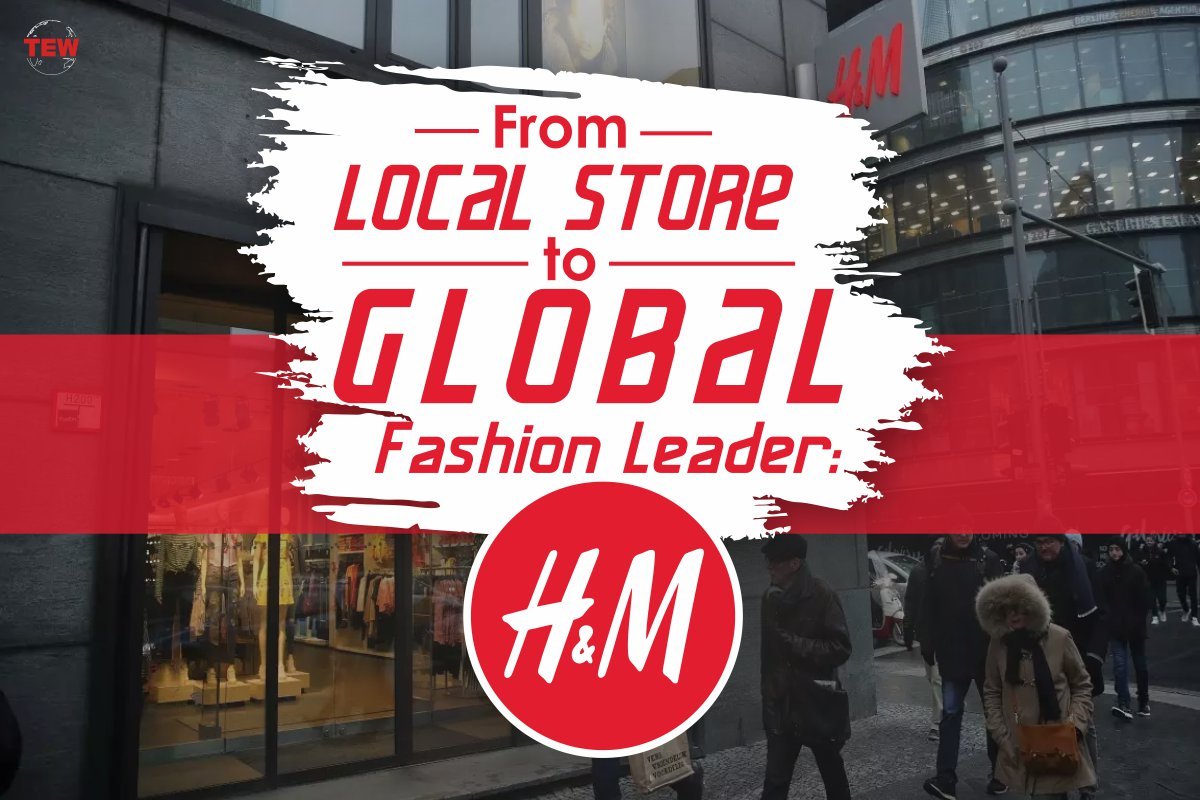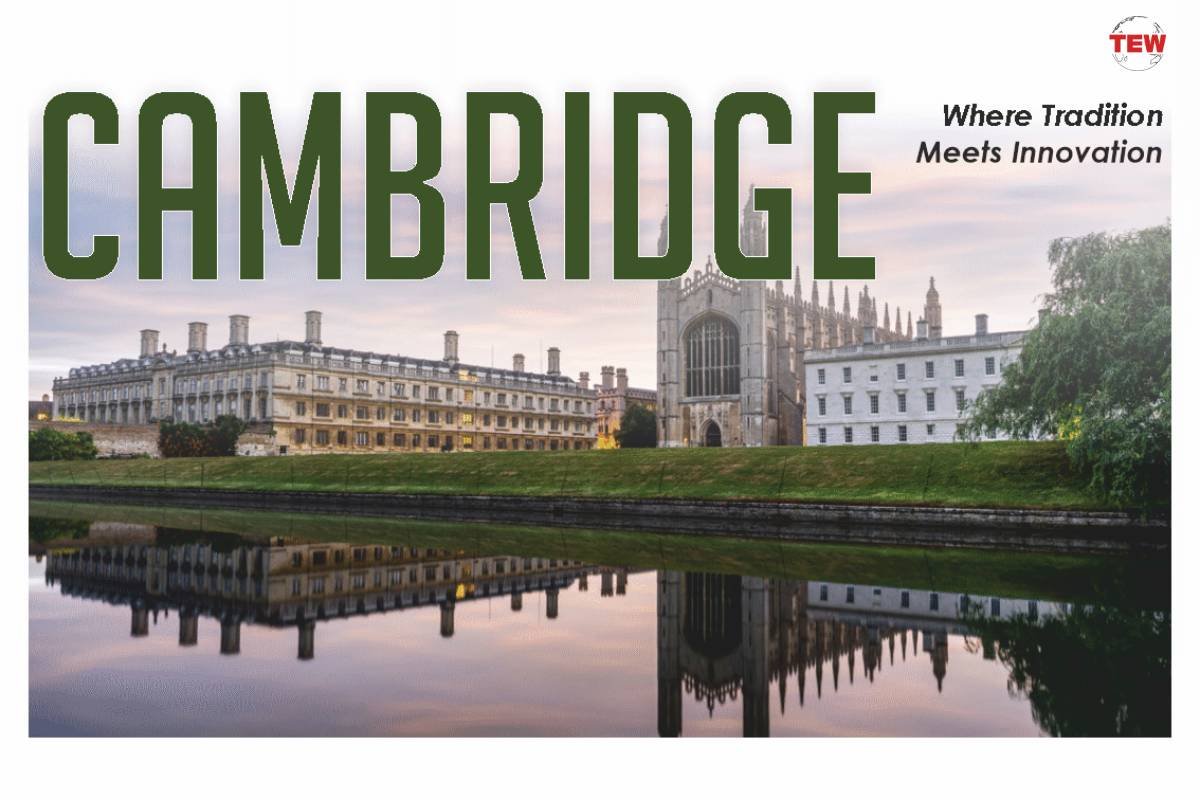Multi-factor Authentication (MFA) is an identity verification approach that involves using two or more methods to verify user identity. But what is it that you really need to be looking for before handing out your information? CEQUENS Product Manager, Hussein El-Safy explains.
The year is 2019, and in addition to wreaking havoc across the board, COVID-19 has increased the reliance on digital services. This subsequently accelerates the adoption of SMS one-time passwords (OTP), voice OTP, biometric scans, and soft tokens in user experiences as a robust method of identity verification.
Are cyberattacks real?
Flash forward to today, where the other byproduct of the pandemic was the rapid increase in cyber attacks, which is expected to cost the world around $10 trillion dollars by 2025. And we all know that access to sensitive data by the wrong people leads to extreme financial losses through extortion or identity theft.
Phishing scams are also on the rise, with simple emails being clicked on by unassuming victims on a daily basis. Yet, companies and individuals seem blissfully unaware of the fact that they could be targeted next. Just to give you some hard hitting statistics, 34.7% of the attacks were on Software-as-a-Service (SaaS) companies and webmail providers in 2020.
But why is Multi-Factor Authentication of significance to the Middle East specifically?
The first reason would have to be the unprecedented growth rate of tech companies in the region, and with it, the growing demand for user authentication. However, not just any authentication, with trends pointing towards companies searching for affordable solutions due to the region’s relatively low purchasing power. Lastly, it is no secret that customers do not rank verification as their favorite online activity, so businesses are looking for Multi-Factor Authentication solutions that offer a wide range of channels to choose from in order to cater to their end users’ preferred communication method.
There is no denying that there is a lack of awareness on the many obvious and necessary benefits of Multi-Factor Authentication, including ensuring the security of sensitive data and reducing costs from potential attacks.
Nonetheless, for companies who are curious one questions remains.
What should you, as a company, be looking for in a Multi-Factor Authentication solution?
My advice is to always start simple. Look for solutions that can be integrated as simply as possible with almost zero costs and limited resources to implement.
Next, assess the value-for-money factor, by, for example, looking at companies that offer the solution with a “charge per successful verification” model. This removes the costs of invalid or expired requests allowing the customer to make more verifications for less.
Lastly, don’t be shy with your technical questions. Authentication and authorization should ideally be done on an API gateway level and data in transit must be secured by HTTPS encryption.
At this point, you may be asking yourself if we will ever be 100% protected from cyberattacks and phishing attempts?
Truthfully? Probably, not. However, as engineers and developers, our mission is to help businesses come as close to that perfect score as possible through providing reliable, scalable, and simple security solutions.





